Search Results for: Vertebrates
Skip to resultsCan’t find what you’re looking for? Visit our FAQ page.
1,539 results for: Vertebrates
-
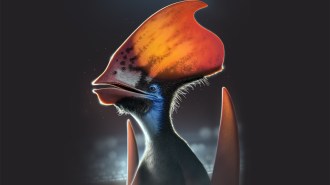 Paleontology
PaleontologyPterosaurs may have had brightly colored feathers on their heads
The fossil skull of a flying reptile hints that feathers originated about 100 million years earlier than scientists thought.
-
 Life
LifeHow a mound-building bird shapes its Australian ecosystem
In Australia’s mallee woodlands, malleefowl dutifully construct mounds to incubate their eggs, redistributing nutrients across the landscape.
By Jake Buehler -
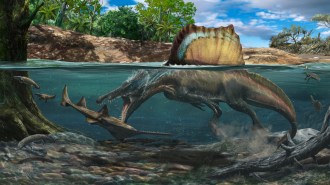 Paleontology
PaleontologySpinosaurus’ dense bones fuel debate over whether some dinosaurs could swim
New evidence that Spinosaurus and its kin hunted underwater won't be the last word on whether some dinosaurs were swimmers.
-
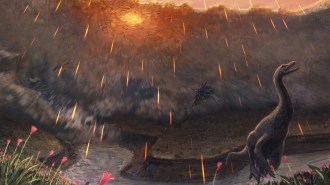 Paleontology
PaleontologyThe Age of Dinosaurs may have ended in springtime
Fossilized fish bones suggest that the massive asteroid strike at the end of the Cretaceous Period occurred during the Northern Hemisphere’s spring.
By Sid Perkins -
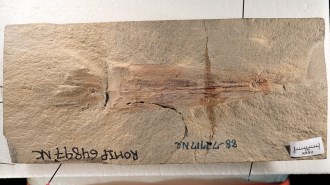 Paleontology
PaleontologyScientists are arguing over the identity of a fossilized 10-armed creature
An ancient cephalopod fossil may be the oldest ancestor of octopuses, but the interpretation hinges on the identification of one feature.
By Anna Gibbs -
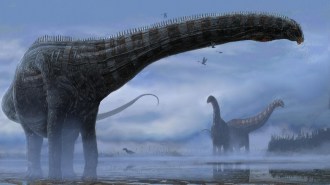 Paleontology
PaleontologyFossils reveal what may be the oldest known case of the dino sniffles
A respiratory infection that spread to air sacs in the vertebrae of a 150-million-year-old sauropod likely led to now-fossilized bone lesions.
By Sid Perkins -
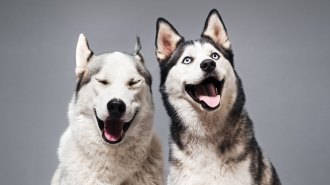 Animals
AnimalsHow do we know what emotions animals feel?
Animal welfare researchers are studying the feelings and subjective experiences of horses, octopuses and more.
-
 Paleontology
PaleontologySee stunning fossils of insects, fish and plants from an ancient Australian forest
Thousands of fossils at an Australian site show a rare glimpse into the continent’s wetter history over 11 million years ago.
-
 Animals
AnimalsScientists vacuumed animal DNA out of thin air for the first time
The ability to sniff out animals’ airborne genetic material has been on researchers’ wish list for over a decade.
By Jude Coleman -
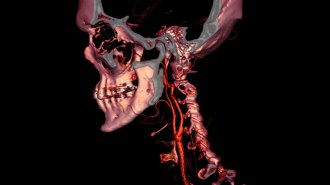 Health & Medicine
Health & MedicineFor 50 years, CT scans have saved lives, revealed beauty and more
In 1971, the first CT scan of a patient laid bare the human brain. That was just the beginning of a whole new way to view human anatomy.
-
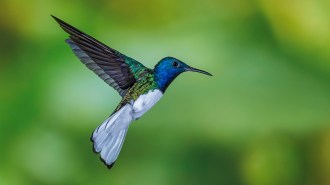 Animals
AnimalsFemale hummingbirds may sport flashy feathers to avoid being harassed
Some female white-necked jacobin hummingbirds boast bright blue plumage that’s similar to males. The colors may help females blend in to avoid attacks.
-
 Animals
AnimalsFrog and toad pupils mainly come in seven different shapes
Analyzing over 3,200 species revealed that the colorful eyes of frogs and toads have pupils shaped as slits, diamonds, fans and more.